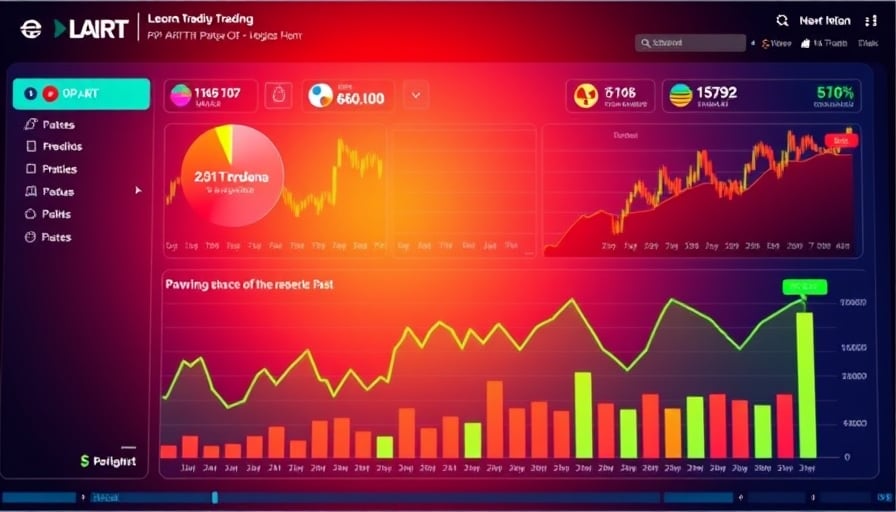In the ever-evolving landscape of environmental sustainability, the performance of companies like Sustainable Green Team Ltd (SGT) is under intense scrutiny. As a public entity listed on the OTC Bulletin Board, SGT finds itself at the intersection of financial viability and ecological responsibility. However, recent financial metrics and market behavior raise critical questions about its efficacy and strategic direction.
As of November 12, 2025, SGT’s close price stood at a mere $0.08, a stark contrast to its 52-week high of $0.45 recorded on November 21, 2024. This significant decline underscores a troubling trend for investors and stakeholders alike. The 52-week low, which plummeted to $0.015 on September 17, 2025, further highlights the volatility and uncertainty surrounding the company’s market performance. Such fluctuations are not merely numbers on a chart; they reflect deeper issues within the company’s operational and strategic frameworks.
With a market capitalization of $8,620,000, SGT’s financial standing is precarious. The price-to-earnings ratio of 0.69 suggests that the market has little confidence in the company’s ability to generate substantial profits. This ratio, often a barometer of investor sentiment, indicates that SGT is undervalued, but it also raises red flags about its profitability and growth prospects. Investors are left questioning whether SGT can deliver on its promises of sustainability and innovation.
The company’s listing on the OTC Bulletin Board, a segment of the United States stock exchange system, is both a blessing and a curse. While it provides a platform for smaller companies to access capital, it also subjects them to heightened scrutiny and volatility. For SGT, this means navigating a challenging landscape where financial performance and environmental impact are inextricably linked.
The decline in SGT’s stock price and market cap is not just a reflection of market dynamics but also a commentary on its strategic missteps. The company’s inability to maintain investor confidence and deliver consistent financial performance raises questions about its leadership and strategic vision. Are the current management and board equipped to steer the company towards a sustainable future, or are they merely treading water in a sea of uncertainty?
Moreover, the broader implications of SGT’s performance extend beyond its shareholders. As a company that purports to champion environmental sustainability, its financial instability could undermine its credibility and impact its ability to effect meaningful change. The environmental sector relies on robust financial health to drive innovation and implement sustainable practices. SGT’s current trajectory suggests a disconnect between its stated mission and its financial reality.
In conclusion, Sustainable Green Team Ltd stands at a critical juncture. The company must address its financial challenges and restore investor confidence to fulfill its mission of promoting environmental sustainability. The path forward requires not only strategic recalibration but also a renewed commitment to transparency and accountability. Only then can SGT hope to regain its footing in the competitive landscape of sustainable enterprises.




